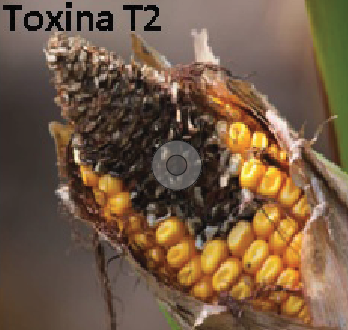Synthesis, characterization and application of a mesoporous nanomaterial integrated in a bioanalytical microsensor with electrochemical detection for the determination of mycotoxin T2 in samples of agri-food interest
REVIEW
Abstract
An ordered mesoporous material (OMM) type SBA-16 was synthesized from sol gel type reactions and the self-assembly of surfactants. Once SBA-16 was obtained, it was functionalized with APTES (3-aminopropyltriethoxysilane) on the one hand and with MEA (monoethanolamine) on the other. Subsequently, the characterization of these nanomaterials was carried out using Scanning Electron Microscopy (SEM), Energy Disperse Spectroscopy (EDS), Infrared Spectroscopy (FTIR), N2 adsorption-desorption and X-ray Diffraction (XRD). In addition, a biosensor was developed where the central channel was modified with the material obtained SBA-16 (MEA) and a commercial ELISA Kit (enzymatic immunoassay) was used for a quantitative determination of the mycotoxin T-2 and compared with the analytical results of our generated biosensor.


